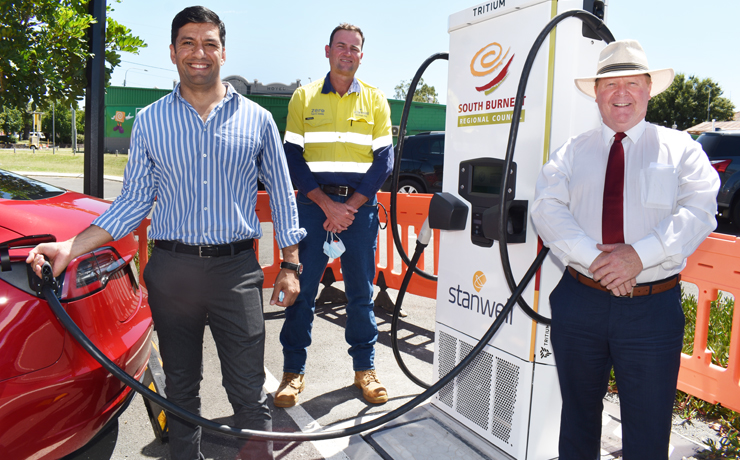technerdx6000
Member
I don't think that Kingaroy one is QESH phase 3. The QESH sites will be Yurika branded.QESH phase 3 sites will use the modular 75kw charger (does tritium still produce the 50kw one?) but that doesnt mean the government will supply it with 75kw.
The first phase 3 charger is already finished (Kingaroy) and that is only 50kw. The good news is that a Model 3 can actually draw 50kw from it, and not 35-43kw like with the 50kw chargers.
Also, you must have a lot more degradation than me. I can drive from Edmonton to Deeragun with 75% charge. Admittedly I arrived in Deeragun with 0% but I did it.




